
Contents





Consilience






Mandu
The Ubiquitous Food, Made Unique at Home
Invite your loved ones, friends and family. Use your own story as ingredients for your mandu. Even if it’s not a holiday, you can always celebrate the spirit of care and love, just as you put care and love into your mandu. Many hands working during warm conversation will make this otherwise tedious work more enjoyable.
Written by Lee Hwa-jeong Photographed by Studio Kenn
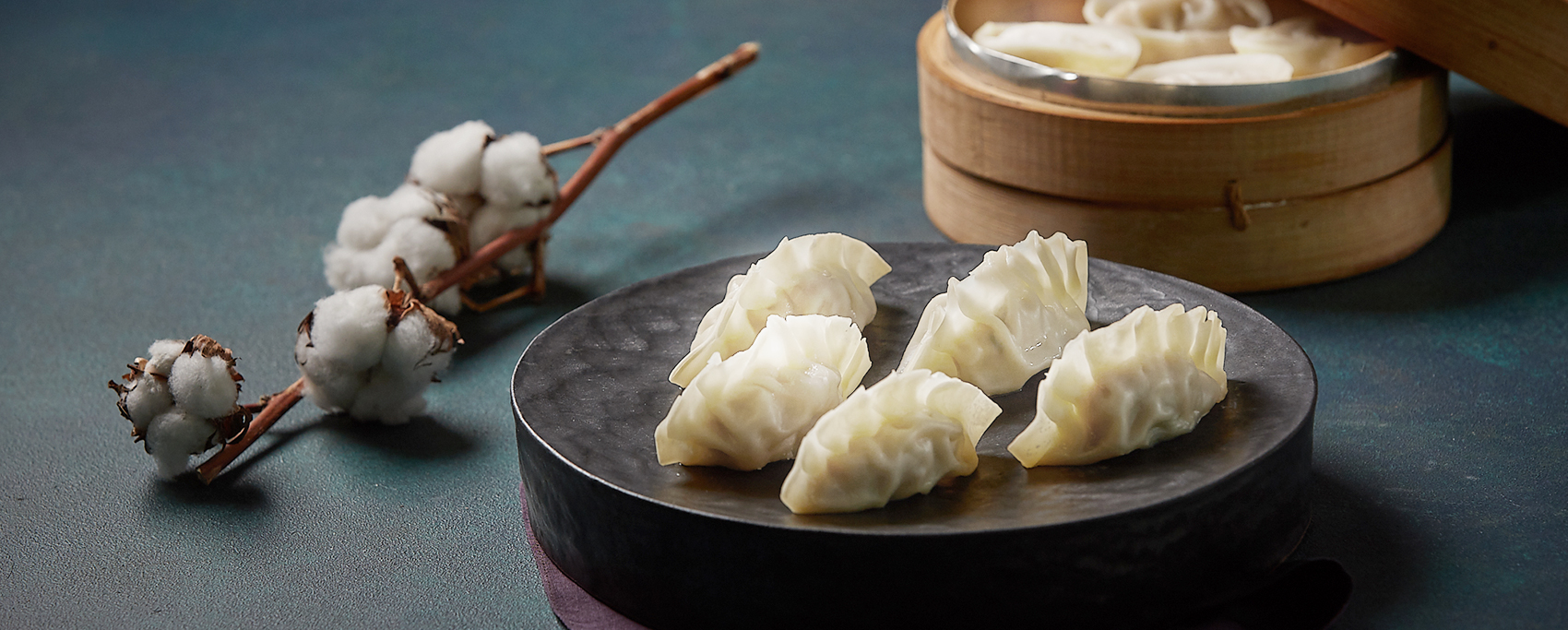
Mandu, the Globalized Food
Dumplings usually refer to a ball of dough wrapped around a variety of fillings. These little wrappers that come in all different shapes and sizes cater to everyone’s tastes, whether you are a seasoned snacker or a comfort food enthusiast.Different types of dumplings can be found all over the world, from Italian ravioli and Swedish pitepalts to Japanese gyoza or Cantonese shumai. Unique flavors are created by combining different fillings composed of different ingredients, from substantial meats and vegetables to simple potatoes and cheese. They vary in how they are cooked, too, whether it be steamed, baked, pan-fried or deep-fried, giving you a different flavor experience every time.
Mandu, a Dumpling With a Story
Mandu is made with a thin dough wrapped around a filling, like meats, vegetables, tofu, kimchi or any combination thereof. This delicate package encloses a diverse range of flavors that has been customized to the Korean palate. They’re usually served as a side dish or used as the core ingredient in some other, larger dish, like tteongmandutguk sliced rice cake and dumpling soup, or mandujeongol dumpling hot pot. What makes mandu different from other dumplings, then? It’s the narrative of what it means to diners in Korea.Usually enjoyed on holidays, families get together and make a huge amount of holiday food, and mandu is an integral part of it. All the family members, from young to old, get in a big circle and take part in making mandu, from preparing the ingredients to pinching the little wraps in their own unique styles. Families talk among themselves nonstop, catching up with each other’s lives. This is where their stories are enclosed in the dumplings, along with other ingredients. When it’s all done, families can take a guess as to who made which dumpling from all the unique shapes of the dumplings when they emerge. For example, you might find a bunny rabbit-shaped dumpling that was made by a playful cousin.
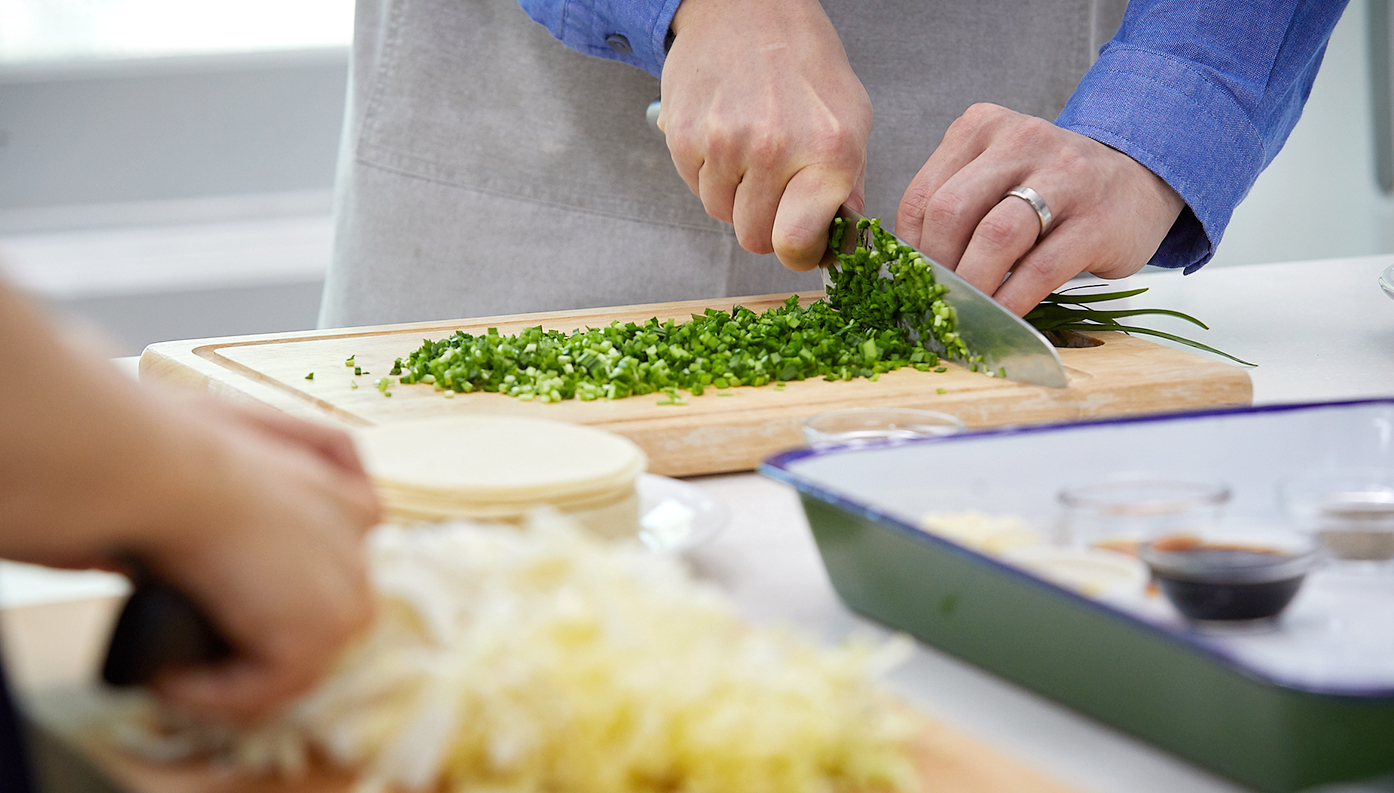 Oliver chops green onions in small pieces.
Oliver chops green onions in small pieces.For a Loved One
We wonder what kind of story Oliver wants to fill in his dumplings. Oliver recently moved to Korea from Texas after getting married. “My wife loves kimchi mandu. She would be impressed if she knew I could cook Korean food, too,” says Oliver. His desire to make his wife a surprise Korean meal was good enough to motivate him. He usually enjoys cooking all kinds of food, but hasn’t had the chance to cook Korean food yet. “This is a great opportunity for me to learn what Korean cooking is all about!” he says.We made two kinds of mandu: pork and kimchi. We first chopped up a handful of chives and napa cabbage into small pieces. As soon as we started, Oliver proved with his chopping skills to be an experienced home chef. We added a little bit of salt to the chopped cabbage, and a few minutes later gently squeezed out the liquid. This cabbage and chives were added to ground pork, along with minced garlic, ginger and a pinch of salt. In the other bowl for the kimchi mandu, mashed tofu and shredded kimchi were mixed together. We made sure to get rid of as much water as possible from all the ingredients in order to prevent the filling from getting soggy. We gently worked the mixture together with our hands until all the ingredients were incorporated together. As simple as that, the fillings were ready. We had some pre-made dumpling wraps on-hand, but they can also be made easily at home with flour, water and salt. It’s more fun and nutritious if you add some spinach or beet juice for coloring.
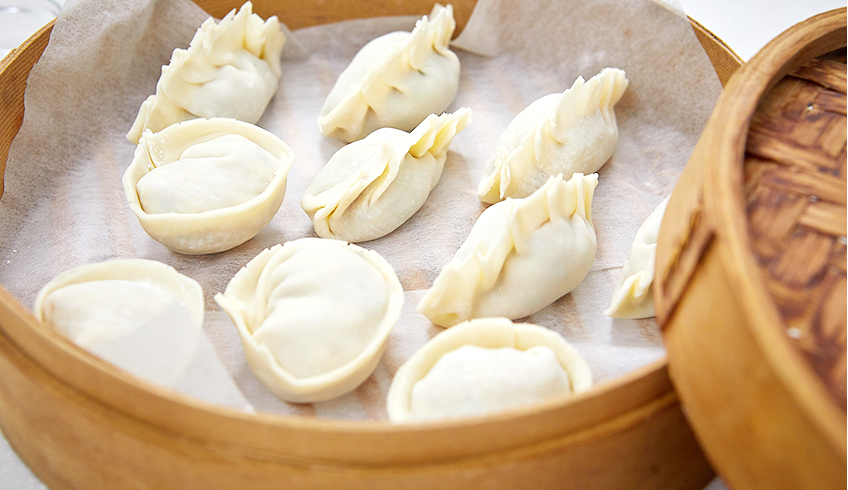 Different shapes and sizes of dumplings can be made that reflect your personality.
Different shapes and sizes of dumplings can be made that reflect your personality.Finally, we then placed about one tablespoon of filling in each wrap. Oliver was meticulous with this process so he didn’t create any air bubbles in his 4 dumplings. When the instructor and Oliver were finally done folding the wraps and pinching the edges, Oliver challenged the instructor. “You can’t even tell who made which mandu! Not bad for a first try, right?” He then made folded crimps on the edges of his wraps, which reflected his lively personality. We let it steam above boiling water for 20 minutes. “It’s a lot easier than I thought. However, you have to take care in every step, which I found interesting. I can’t wait to try this with my wife.”Invite your loved ones, friends and family. Use your own story as an ingredient for your mandu. Even if it’s not a holiday, you can always celebrate the spirit of care and love, just as you put care and love into your mandu. Many hands working during warm conversation will make this otherwise tedious work more enjoyable. Once you’re done, you can split them in a bag and stash a batch in the freezer. It will serve anytime you need a quick solid food, a lazy brunch or a late night snack.
 Put some water on the edge of your wraps to make folding easier.
Put some water on the edge of your wraps to make folding easier.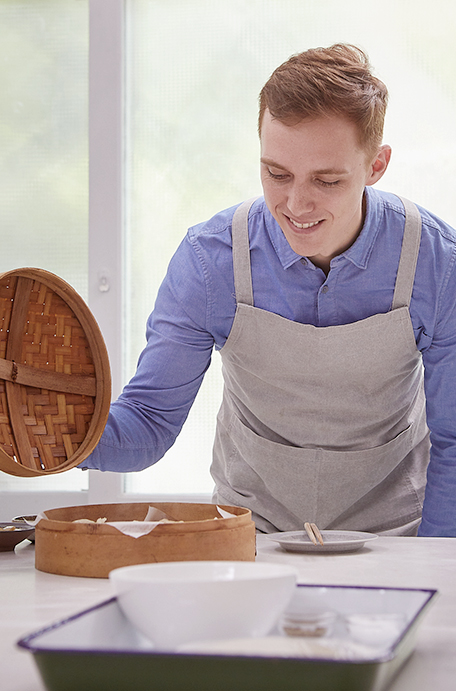 Oliver is happy with the dumplings he made with care.
Oliver is happy with the dumplings he made with care.Cooking Tips
Ingredients for the fillings
1 cup napa cabbage or regular cabbage, 0.25 cup chives, 500 grams ground pork, one teaspoon grated garlic, one teaspoon ginger, a pinch of salt. Add 0.5 cups of kimchi and one block of tofu for the kimchi dumplings.
Ingredients for 16 large wraps
2 cups all purpose flour, 0.25 cups extra for dusting, 0.5 teaspoons salt, 0.66 cups water
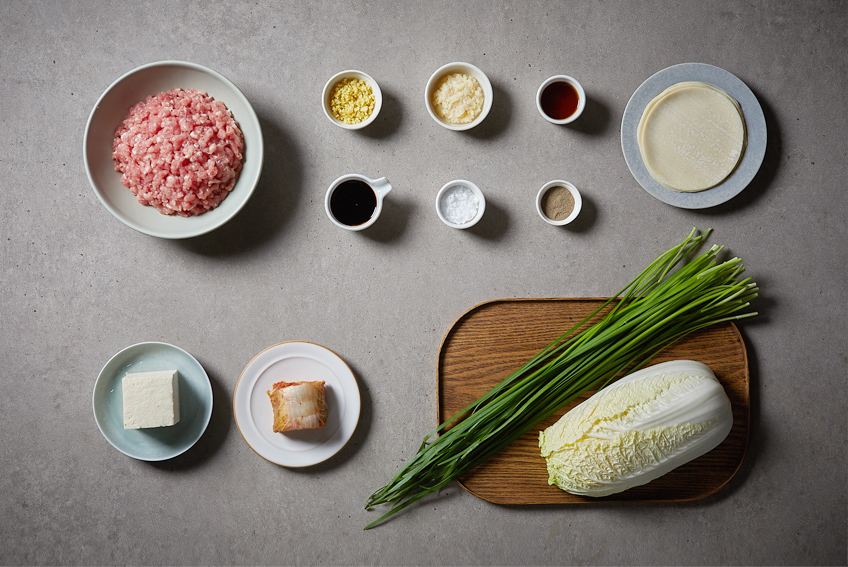
Other Articles





Consilience





Application of subscription
Sign upReaders’ Comments
GoThe event winners
Go


 September 2018
September 2018


